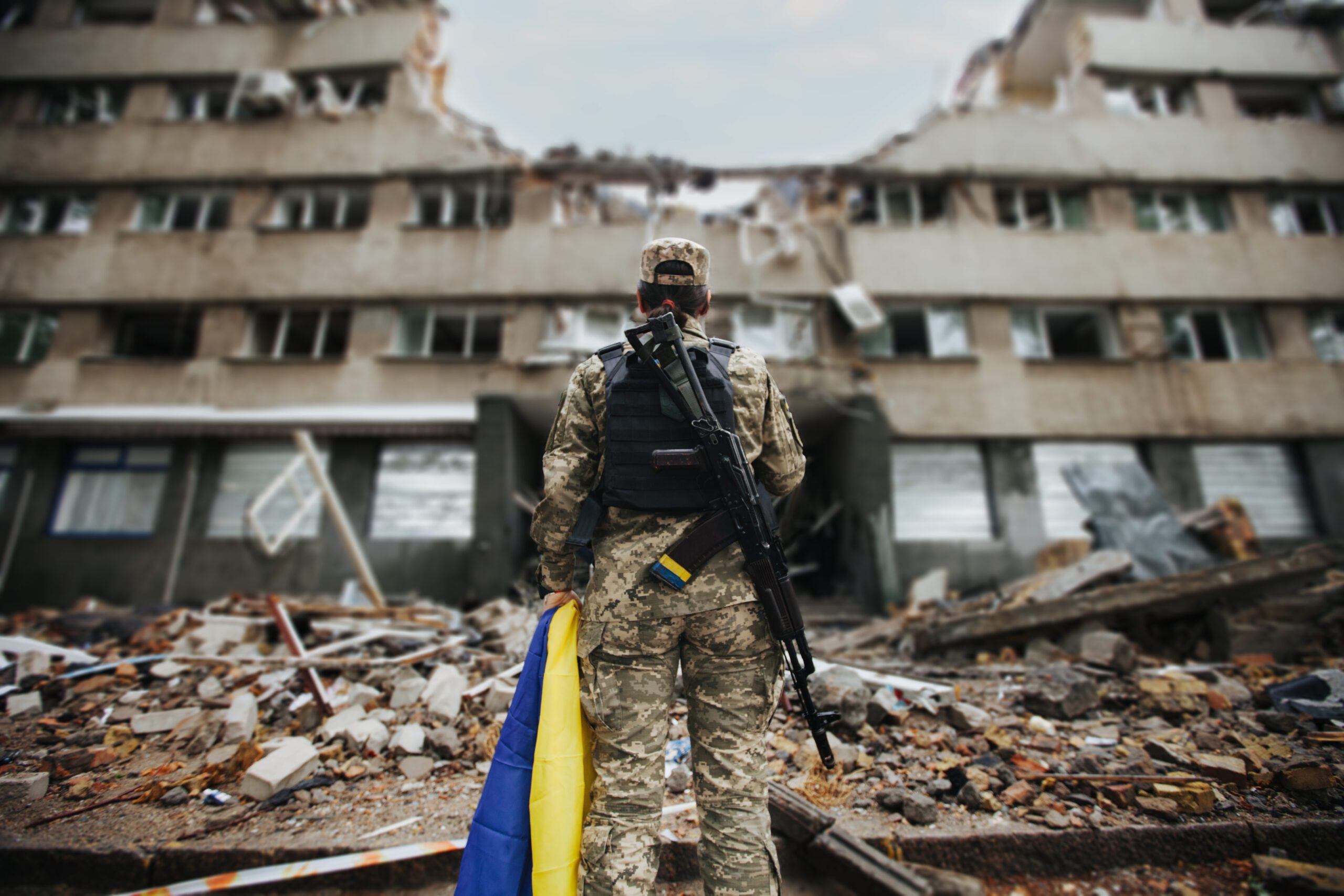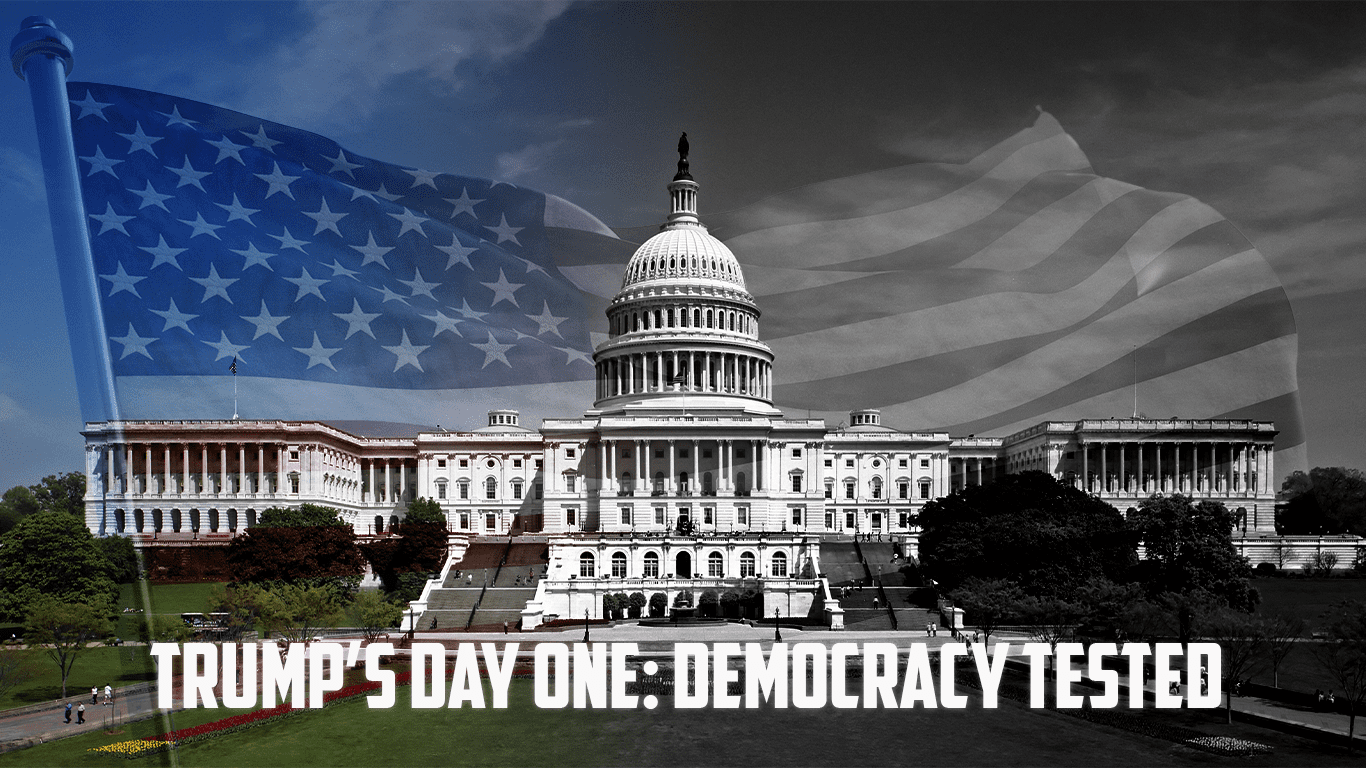On February 24th, 2022, Russia invaded Ukraine, igniting a conflict that has continued to this day. The situation in Ukraine remains tense, with numerous clashes resulting in thousands of deaths and the displacement of civilians. The international community has responded with condemnation and support for Ukraine. As we mark the first anniversary of the invasion, it is vital to assess the current situation and the possible outcomes of the conflict.
Key Takeaways:
- The conflict in Ukraine remains a grave humanitarian crisis, with ongoing violence leading to loss of life, displacement of civilians, and a need for international support.
- Ukraine’s government and President Zelensky have called for a complete withdrawal of Russia from all sovereign territories, including Crimea, as the only option for a peaceful resolution.
- The United States and other nations have provided military aid and economic support to Ukraine while imposing sanctions on Russia to pressure them to end their aggression.
- The conflict has three possible outcomes: a diplomatic resolution, a military escalation, or a stalemate.
- The international community must continue to support Ukraine and work towards a peaceful resolution to prevent further loss of life and suffering.
Diplomatic Resolution
A diplomatic resolution could involve negotiations between Ukraine and Russia, mediated by a third party, to find a peaceful solution to the conflict. This could include discussions on issues such as the status of Crimea, the rights of Russian-speaking Ukrainians, and the withdrawal of Russian forces from Ukrainian territory. A potential outcome of such negotiations could be a ceasefire agreement, establishing a demilitarized zone, and deploying international peacekeeping forces to monitor the situation and ensure compliance with the agreement. Ultimately, a diplomatic resolution would require compromise, political will from Ukraine and Russia and support from the international community.
One example of a historic diplomatic resolution is the Camp David Accords of 1978, negotiated by Israeli Prime Minister Menachem Begin and Egyptian President Anwar Sadat with the help of US President Jimmy Carter. The Accords led to the signing of a peace treaty between Israel and Egypt in 1979, ending decades of conflict and hostility between the two nations. The Accords were a significant international diplomacy achievement, earning Sadat and Begin the Nobel Peace Prize.
Military Escalation
A military escalation could occur if either Ukraine or Russia decides to take aggressive military action, such as a major offensive or a significant increase in military support to separatist groups. This outcome could lead to further loss of life, displacement of civilians, and potentially draw other countries into the conflict. However, Ukraine and Russia have stated their desire to avoid a major conflict, and the international community has called for a de-escalation of tensions.
Stalemate
A stalemate could result in continued fighting, displacement of civilians, and ongoing humanitarian crises. Both sides may eventually tire of the conflict and seek a diplomatic solution, which could take years or even decades. However, a stalemate is unlikely to be sustainable, as the ongoing violence and suffering will demand international attention and support.
Analyst’s View:
While a diplomatic resolution is the most desirable outcome, it is unlikely to be achieved quickly or easily, given the history and ongoing tensions between Ukraine and Russia. Similarly, a military escalation is doubtful due to the risks and costs involved and the international pressure to avoid a major conflict. A stalemate may be the most likely outcome in the short term, but it is also unsustainable due to the ongoing humanitarian crisis and demand for international support. Ultimately, the ongoing conflict in Ukraine highlights the importance of diplomatic engagement, international cooperation, and support for human rights and humanitarian needs.
Conclusion:
The conflict in Ukraine remains a grave humanitarian crisis, demanding international attention and support. The three possible outcomes – a diplomatic resolution, a military escalation, or a stalemate – have challenges and risks. However, it is essential to continue monitoring the situation, supporting Ukraine, and working towards a peaceful resolution to prevent further loss of life and suffering for the people of Ukraine.









